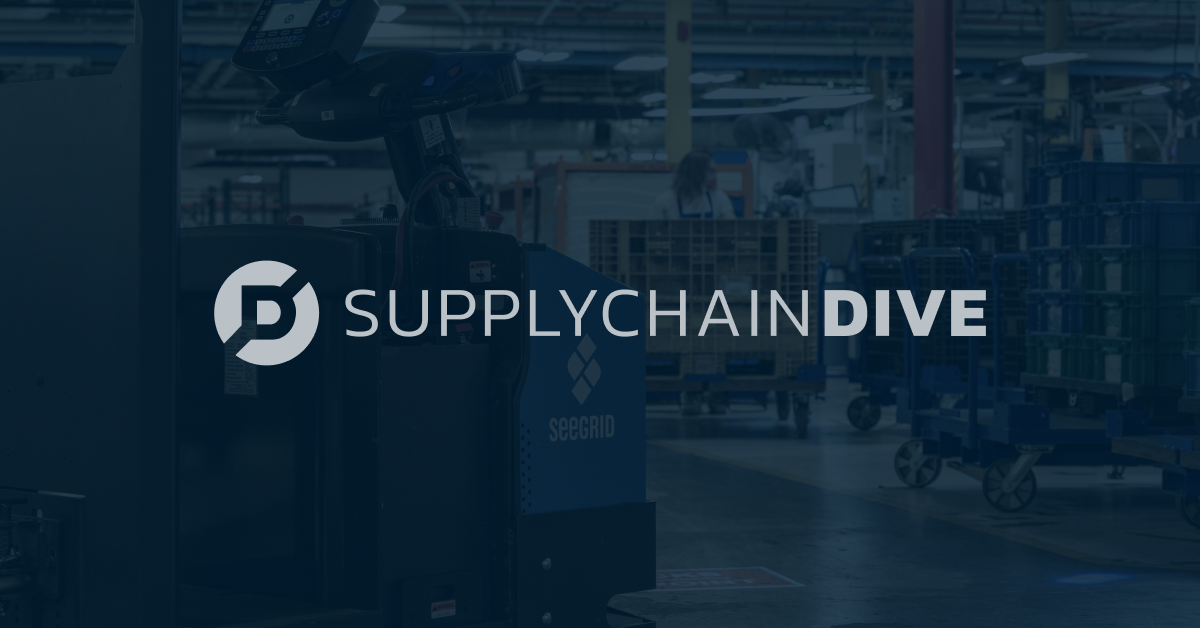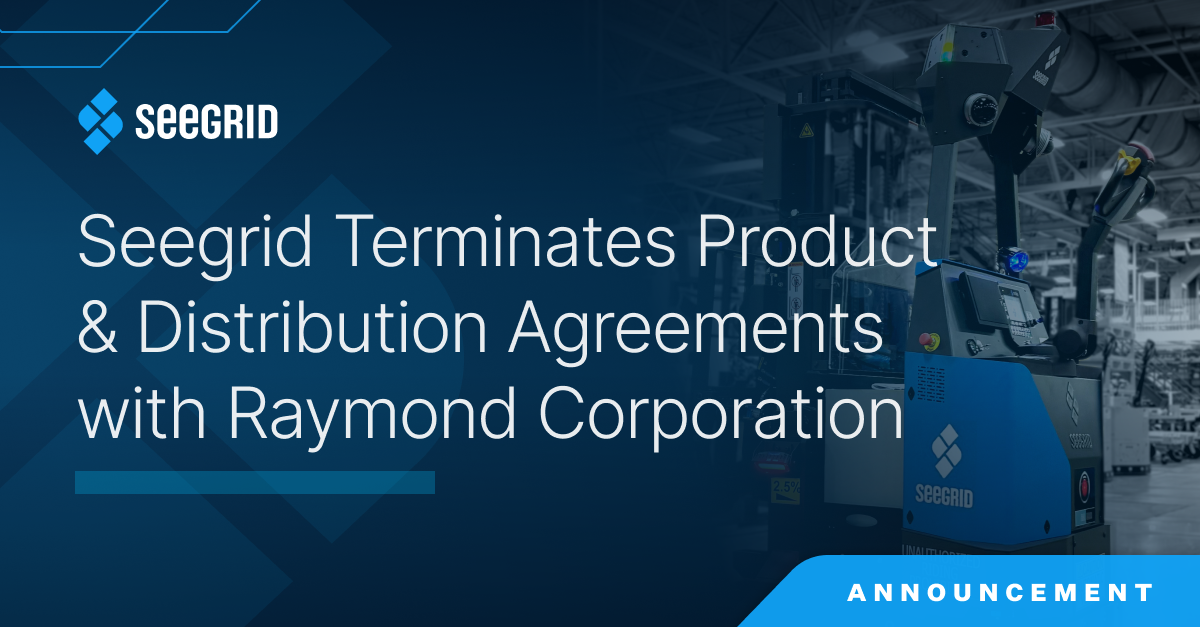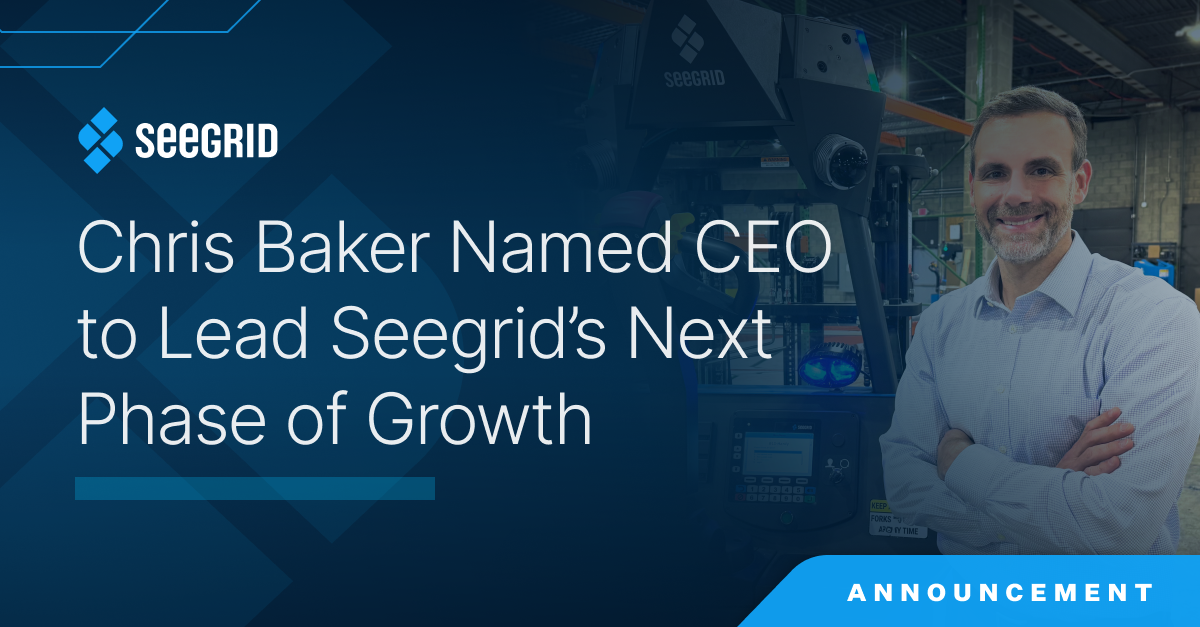Robots are often in the news for sensational reasons: The Boston Dynamics robot dog impersonates Mick Jagger; a Spider-Man "stuntronic" flies over Disneyland visitors. But in supply chain, robotics and automation have gone from something radical, even fringe, to mainstream.
"It's considered low risk. And, pretty soon, it's going to be table stakes for operations within supply chain, where 10 years ago it was considered either cutting, or bleeding edge, or risky," said Jeff Christensen, vice president of product at Seegrid.
Annual installations of industrial robots will jump from 450,000 a year in 2015 to 600,000 in 2022, according to a McKinsey projection. The firm also predicted that 10% of today's manufacturing processes will be replaced by additive manufacturing by 2030.
A confluence of factors — including the pandemic, labor shortages, and technology maturing at the right time — is pushing robotics ahead in 2021 and beyond.
Robotics Mature, Along with AI
Like most technologies, robots became more widespread when they improved as a technology, and when they dropped in price.
The introduction of the robots-as-a-service model has allowed enterprises to supplement their operations when they need help, or try adding robots without having to make a major capital investment.
The progression of artificial intelligence has also helped, said Christensen. The sheer amount of data being collected changes what's possible. What people can do on any computing device today is vastly different than 10 or 20 years ago.
Better robots, better sensors and AI "have hit the maturity threshold at the right time, at the time the market demands what it needs to do," Christensen said. "That doesn't always happen. Lots of time there is technology that comes to maturity in a vacuum or in a lab with no real key demand for it."







